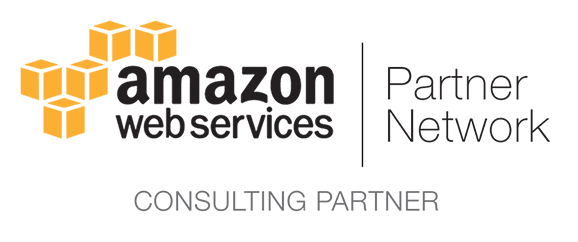Hey there, educators and tech lovers! As we journey through the digital age, the educational landscape is evolving quickly. Schools and institutions are increasingly adopting technology to improve learning experiences, optimize operations, and equip students for a tech-driven future.
Let’s dive into how education IT solutions are empowering institutions for digital learning and what this means for all stakeholders.
What Are Education IT Solutions?
Education IT solutions encompass a wide range of software, tools, and platforms designed to support teaching, learning, and administrative processes in educational institutions. From Learning Management Systems (LMS) to Student Information Systems (SIS), these technologies help create a more efficient, engaging, and personalized learning environment.
Why Are They Important?
1. Enhanced Learning Experiences
One of the primary goals of education IT solutions is to improve the learning experience for students. Here’s how they do it:
Access to Resources:
With digital platforms, students can access a wealth of resources—videos, articles, interactive modules—anytime, anywhere. This flexibility encourages self-directed learning.
Engaging Content:
Many IT solutions incorporate multimedia and interactive elements, making lessons more engaging and appealing. Think of gamified learning experiences that turn lessons into adventures!
Personalized Learning:
Advanced technologies can analyze individual learning patterns and adapt content accordingly. This means students can progress at their own pace, focusing on areas where they need more help.
2. Streamlined Administrative Processes
Education IT solutions also make life easier for administrators. Here are some key benefits:
Efficient Data Management:
Tools like SIS help manage student data—from enrollment to grades—all in one place. This centralization reduces administrative overhead and minimizes errors.
Improved Communication:
Communication platforms facilitate easier interactions between teachers, students, and parents. Announcements, grades, and feedback can be shared instantly, keeping everyone in the loop.
Resource Allocation:
Data analytics can provide insights into how resources are being used, allowing institutions to make informed decisions about staffing, funding, and program development.
3. Collaboration and Engagement
In today’s educational landscape, collaboration is key. IT solutions foster a sense of community among students and educators.
Group Work Made Easy:
Tools like Google Workspace or Microsoft Teams allow students to collaborate on projects in real time, regardless of where they are. This not only enhances learning but also builds teamwork skills.
Virtual Classrooms:
With platforms designed for remote learning, teachers can engage students through live classes, discussions, and breakout sessions, bridging geographical gaps.
Community Building:
Online forums and discussion boards create spaces for students to connect, share ideas, and support each other, fostering a collaborative learning environment.
4. Scalability and Flexibility
Education IT solutions are designed to grow with your institution, making them incredibly versatile.
Adaptable Systems:
Whether your school is expanding its programs or shifting to a hybrid model, IT solutions can be adjusted to meet evolving needs without requiring a complete overhaul.
Cost-Effective:
Many cloud-based solutions offer flexible pricing models, allowing institutions to pay for only what they use, which can be especially beneficial for budget-conscious schools.
5. Data-Driven Decision Making
The power of data cannot be overstated. IT solutions provide invaluable insights that can shape educational strategies.
Performance Tracking:
By analyzing data on student performance and engagement, educators can identify trends and areas for improvement, allowing for timely interventions.
Informed Planning:
Administrators can use data analytics to evaluate the effectiveness of programs and initiatives, ensuring that resources are allocated where they’re needed most.
Real-World Applications
Let’s take a look at some specific examples of how education IT solutions are being implemented:
Learning Management Systems (LMS):
Platforms like Canvas and Moodle allow institutions to create and deliver courses, track student progress, and provide resources in one centralized location.
Student Information Systems (SIS):
Systems like PowerSchool help manage student data, streamline enrollment processes, and generate reports for educators and administrators.
Collaboration Tools:
Google Classroom and Microsoft Teams enhance communication and collaboration among students and teachers, making it easier to share resources and stay connected.
Virtual and Augmented Reality (VR/AR):
These technologies are being used to create immersive learning experiences, especially in fields like science and engineering, where hands-on learning is crucial.
Final Thoughts
Education IT solutions are not just about technology; they’re about transforming the way we teach and learn. By enhancing learning experiences, streamlining administrative processes, and fostering collaboration, these solutions empower institutions to thrive in a digital world.
Are you considering implementing education IT solutions at your institution? Or perhaps you’ve already seen the benefits?
We’d love to hear your thoughts and experiences in the comments!
Let’s continue to empower the next generation of learners together!






